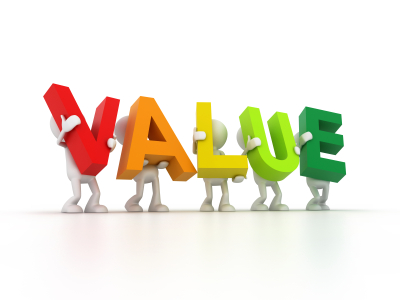Article 8: How Michelin is finding a second life for tires
I did not think the tire industry was big on recycling but they are. Although it has less to do with them being environmentally conscious and more with the high cost of buying rubber. A lot of the castoffs end up being burned yet it’s still better than being dumped in a landfill. Every year in the U.S. more than 300 million tires are disposed of. Last year, French tire company Michelin bought Lehigh Technologies, whose specialty is turning the end-of-life tires into micronized rubber powder (MRP), which has many functions such as serving as feedstock for the higher performance tires sold by Michelin.
“…Lehigh’s technologies will become increasingly integral to Michelin’s shift toward a closed-loop production cycle that uses fewer raw or virgin inputs, according to the company’s top executive.”
According to the article, 42 million pounds of tires were repurposed into welcome mats last year. With Michelin behind them, Lehigh is interested in exploring non-traditional markets such as plastics, consumer goods, coatings, sealants, construction materials and even car parts. They are looking to expand use of MRP for things like a car headrest, and carpet and flooring. Times is so far the biggest gating factor.
Source: GreenBiz
Author: Heather Clancy
https://www.greenbiz.com/article/how-michelin-finding-second-life-tires








